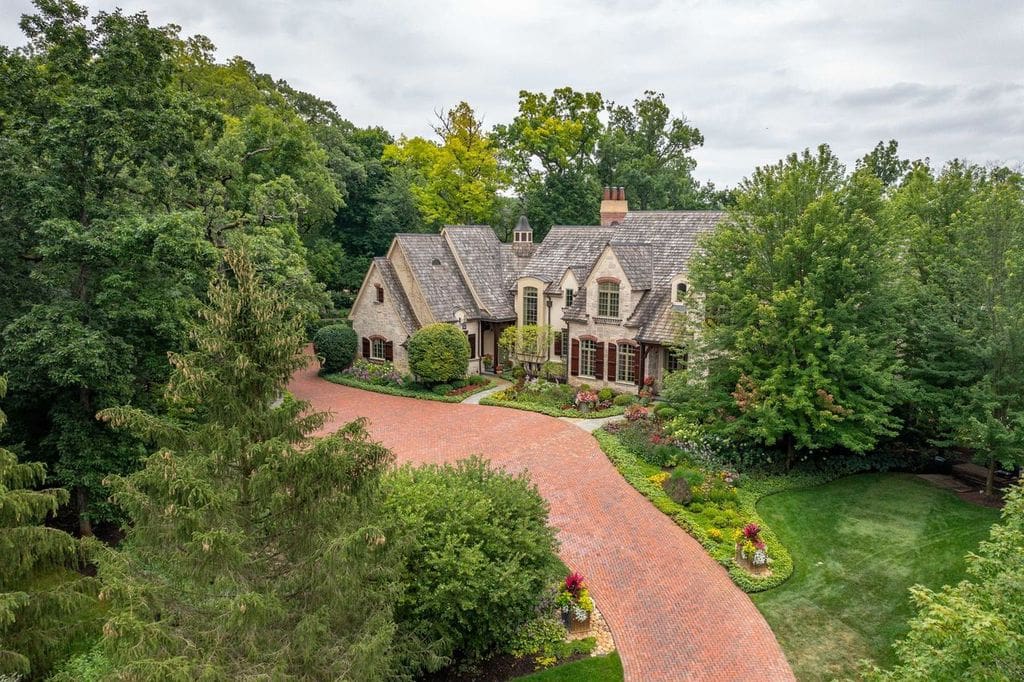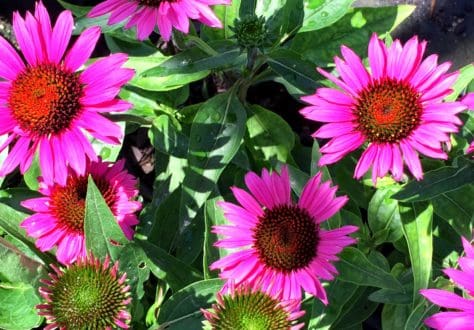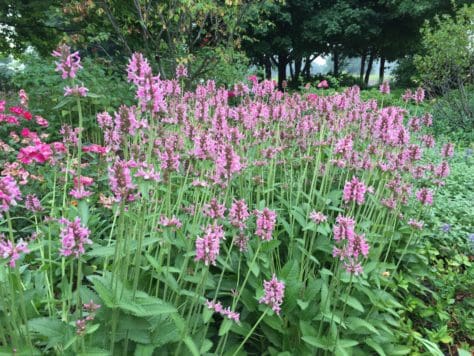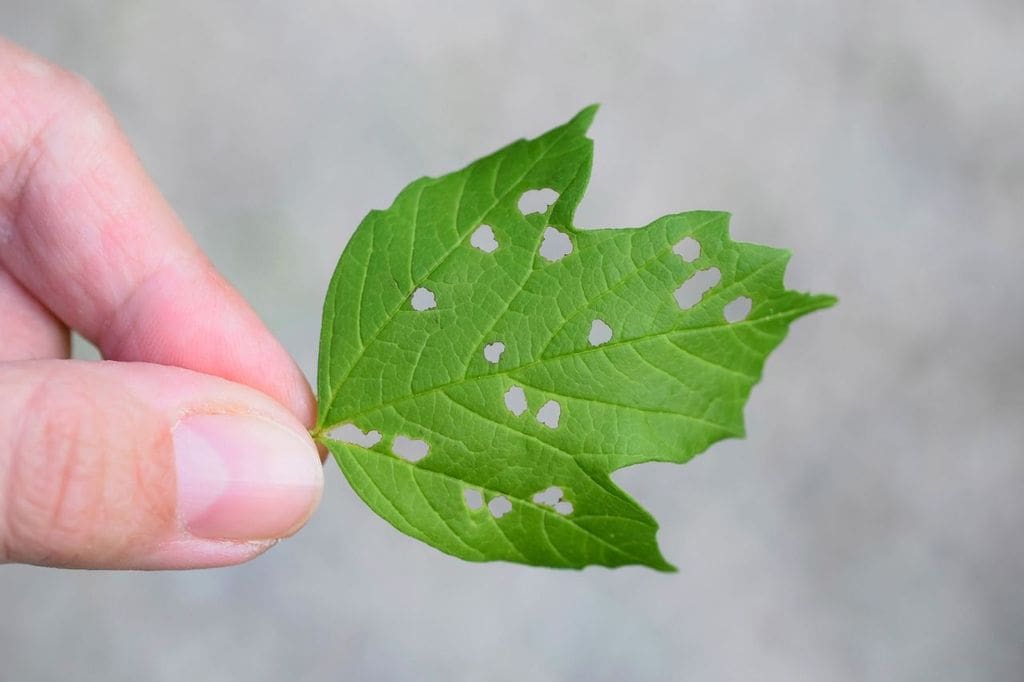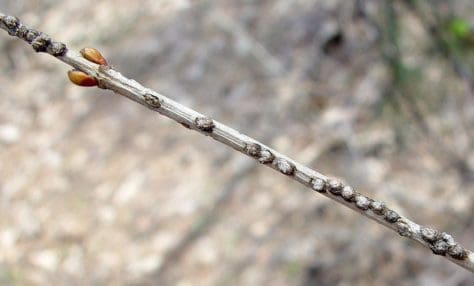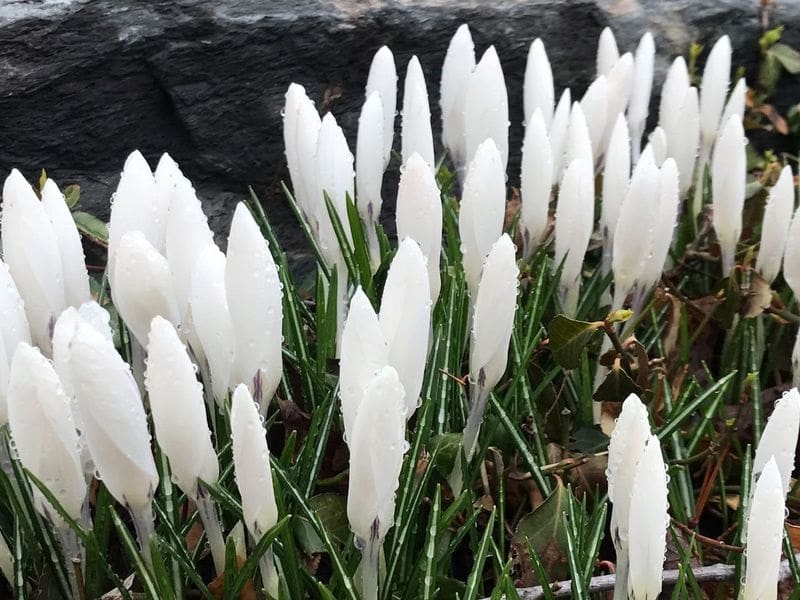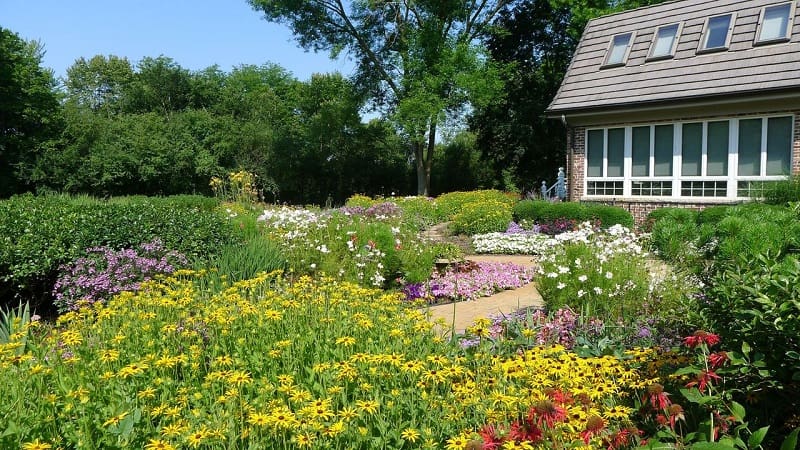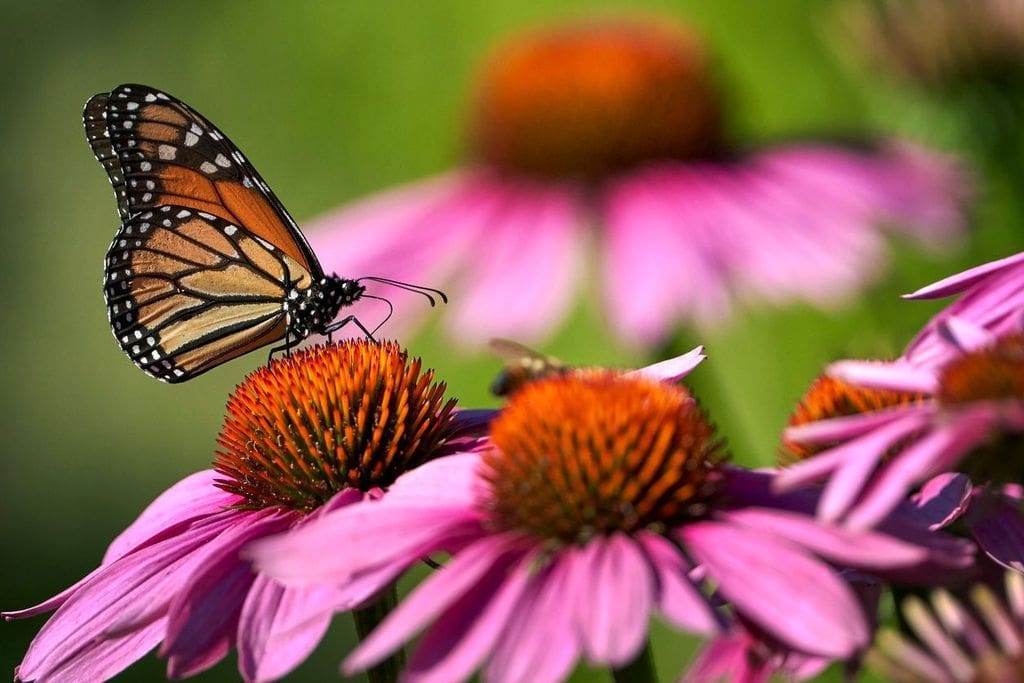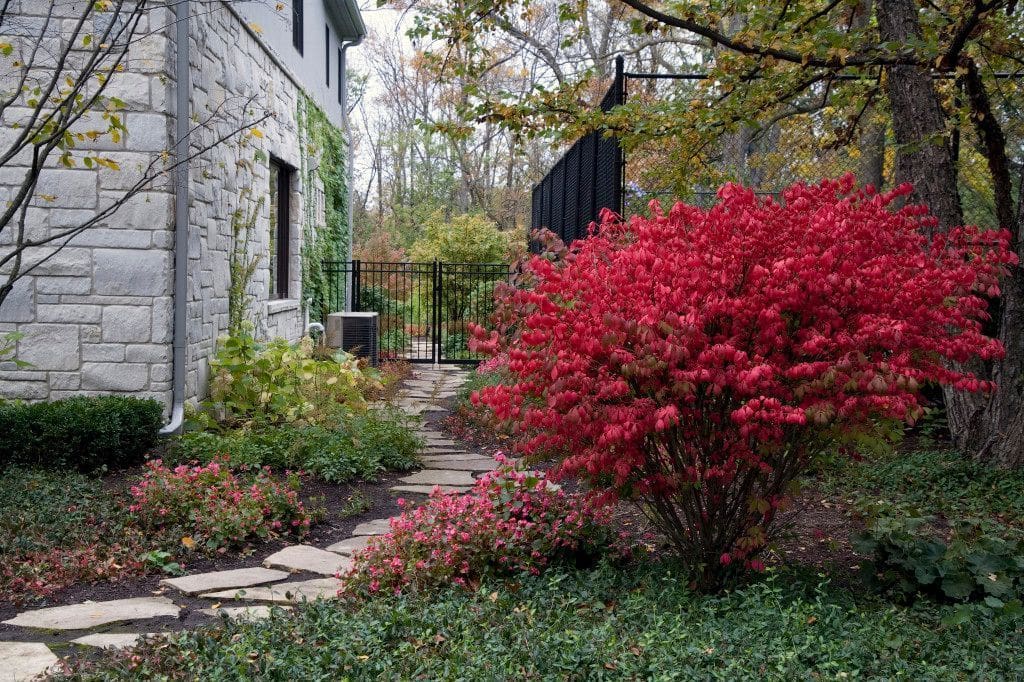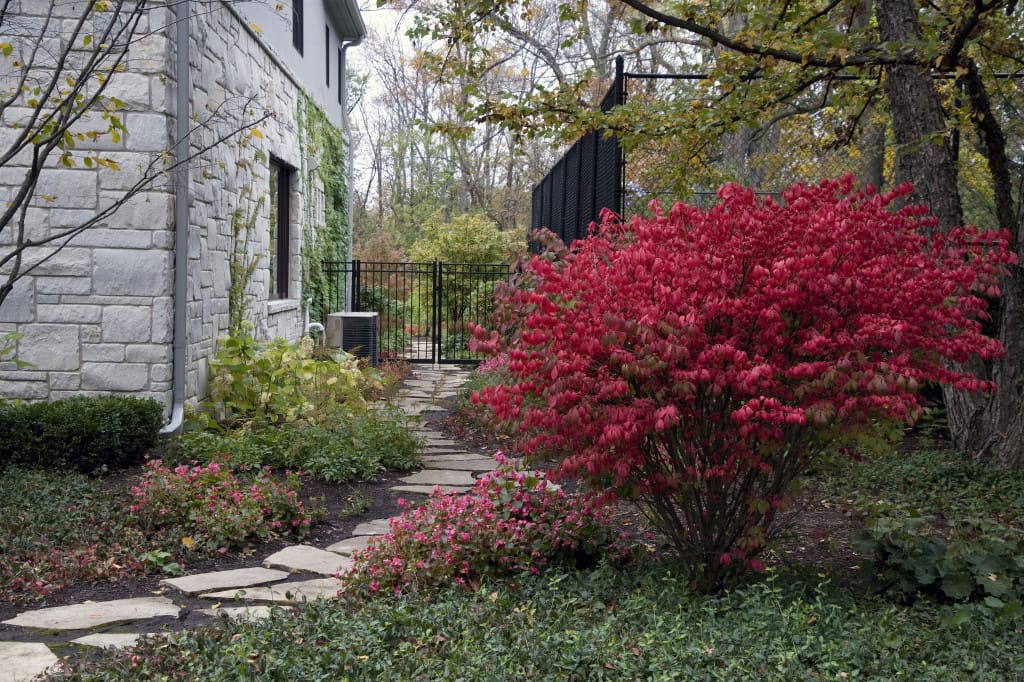Even though the season is winding down, some plants are just winding up! You can still get a great splash of color with the following fall blooming plants!
Anemone x hybrida ‘Honorine Jobert’
From spring to fall you’ll be provided with a nice base of lush green leaves up to 18″ tall. Then in September and October the real show begins. These beautiful 1-2″ flowers will brighten up the fading fall landscape. They are white or pink flowers, even double cultivars are available. In bloom they are a striking 24-36″ tall.
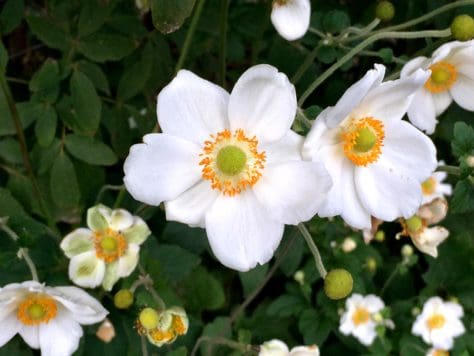
Aconitum arendsii, Monkshood
You don’t normally see a lot of blue in the landscape. But plant this handsome specimen and you get a 2-4′ tall blue showstopper at the end of the growing season. It also is one of the more unique blooms out there, with it’s helmet like sepals.

Aster ‘purple dome’
Purple dome is just one of many varieties of Fall Aster. They come in a range of purple, pink, hot pink and white. Plants are filled with small daisy like flowers that form a blanket of color! Plants bloom in September and are from 18″-3′ tall!

Some perennials just fade into the garden at the end of the growing season and some, like above, create show stopping flowers. But don’t forget there are also those perennials that have great fall color, here are just a few:
Amsonia hubrechtii, Blue Star
You might think that after this plant blooms in spring that’s all you’ll get from it. But Amsonia produces excellent fall color as the temperatures cool down. The leaves turn bright yellow to orange and quickly brighten up the garden.

Geranium sanguineum
Geraniums bloom spring through summer and a few straggler flowers in the late fall. But beautiful red fall foliage is what you should expect come late September and October!

And round out your landscape with shrubs that hold there fruit/berries late in the season and through winter:
Callicarpa spp. Beautyberry
One of my favorites is Beautyberry. Now this is a showstopper you don’t often see! Purlple-Amethyst colored berries!

Need help in your garden? We can work together in the coming months to create a landscape with blooms all season long! Just contact us here: Van Zelst, Inc.

